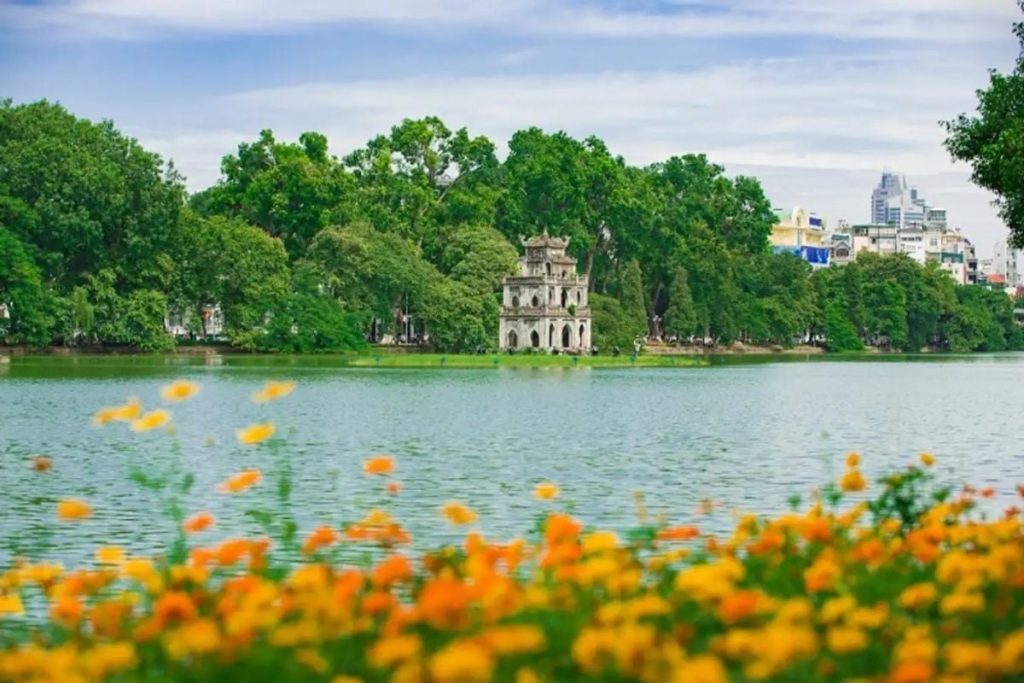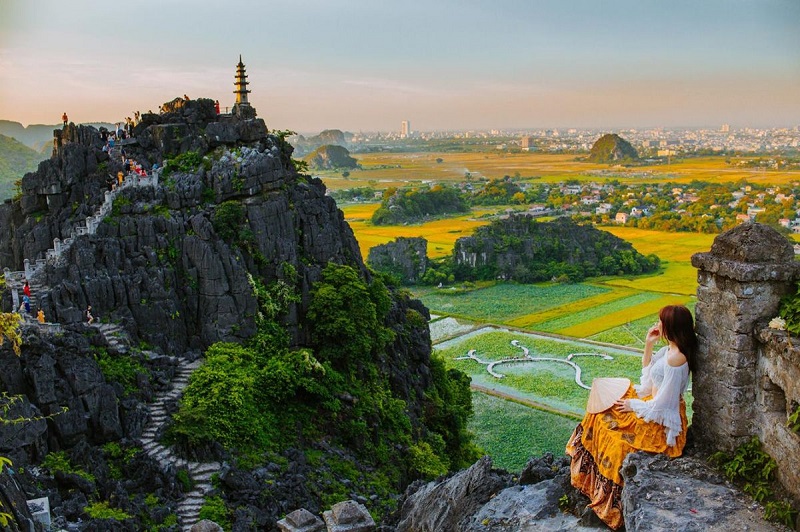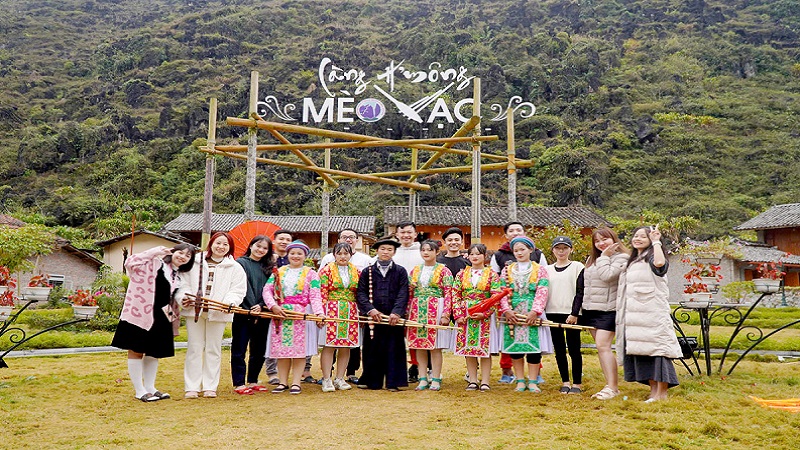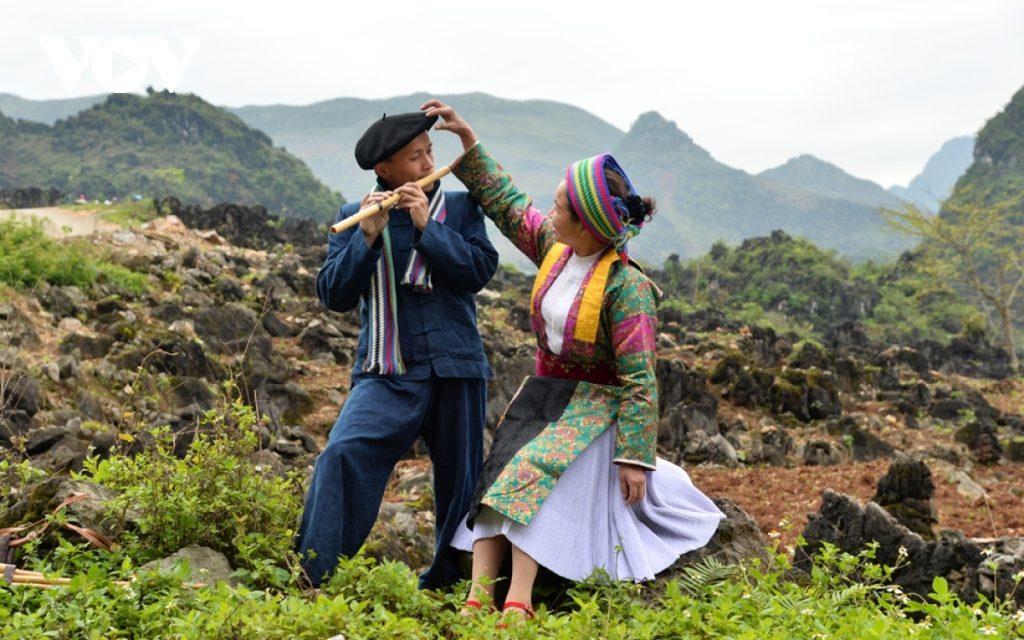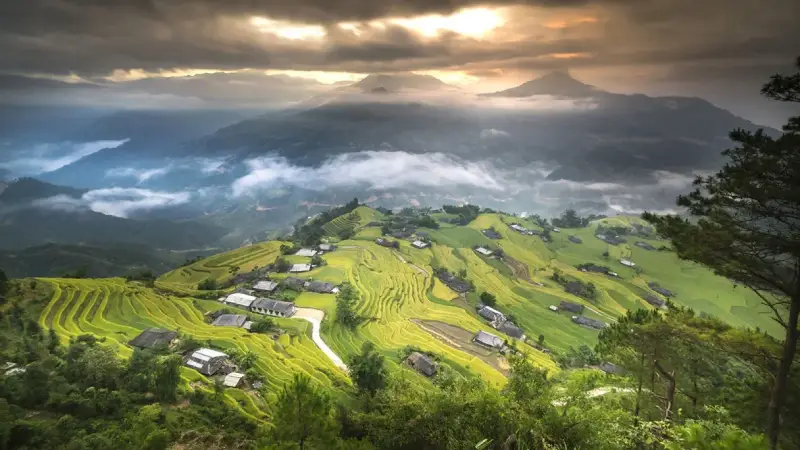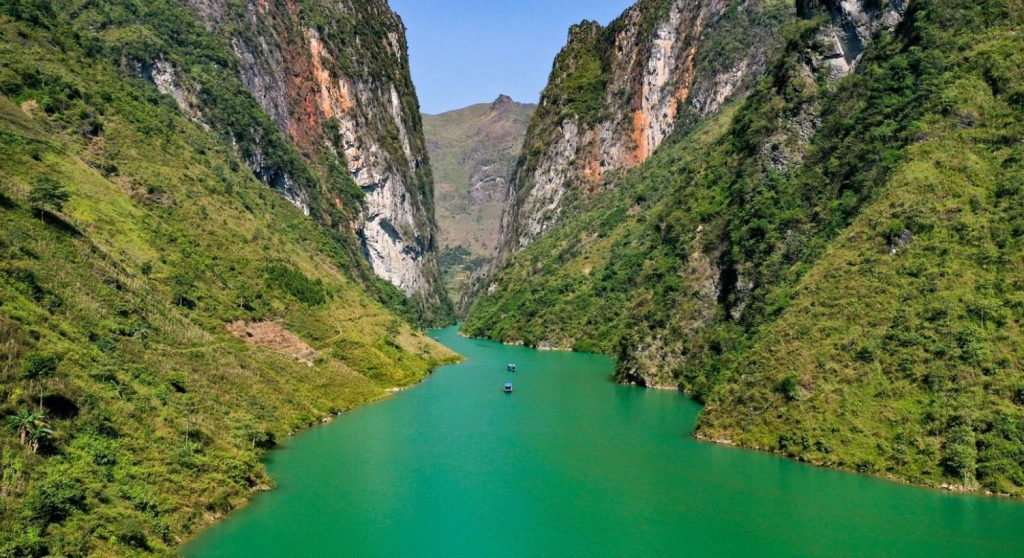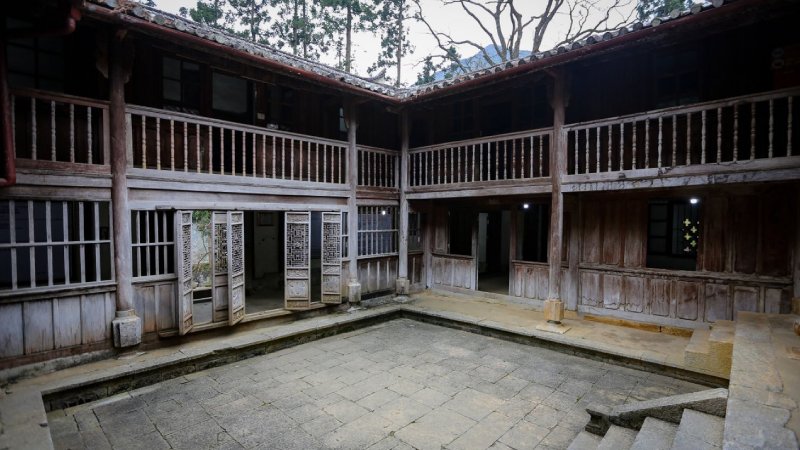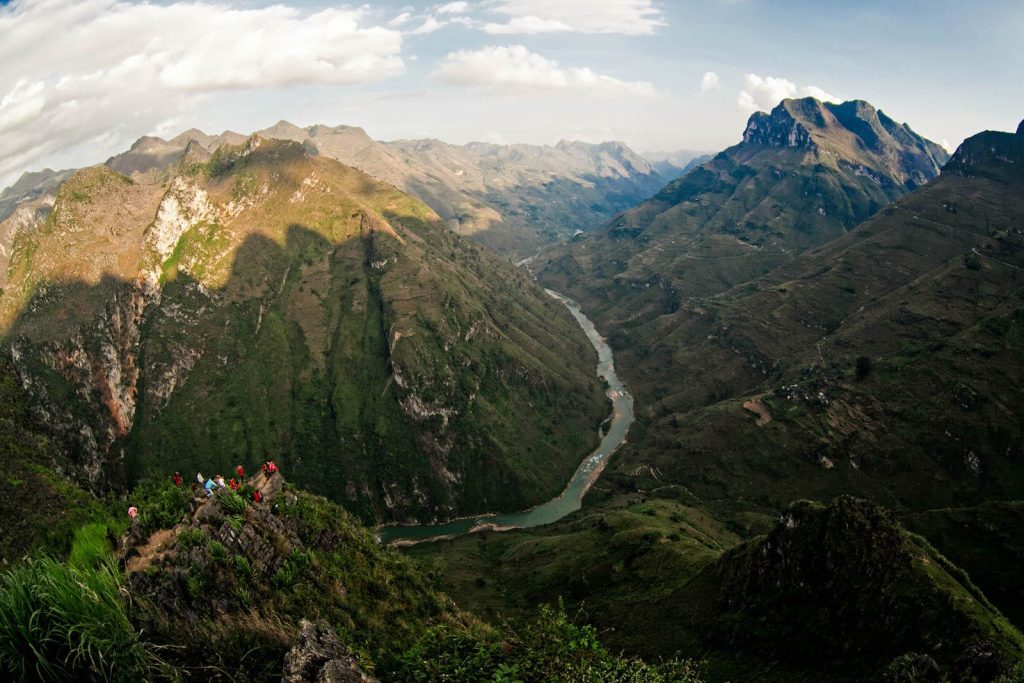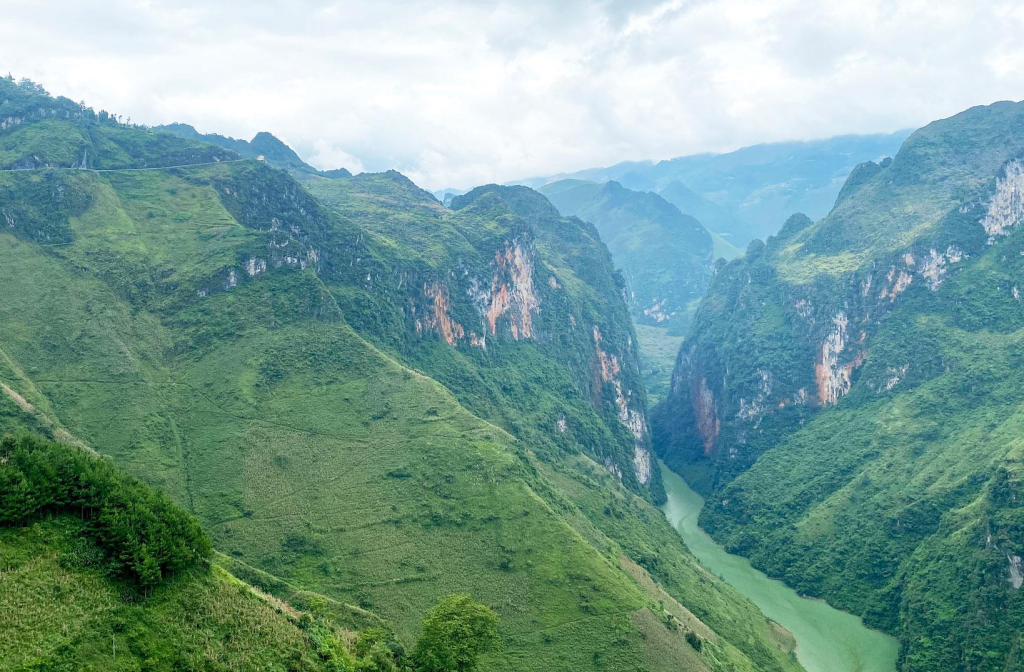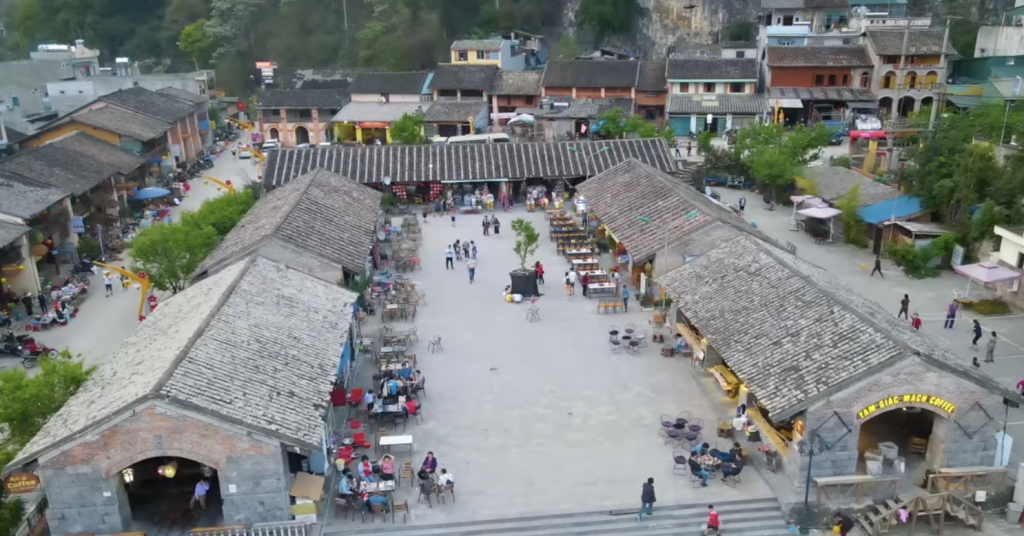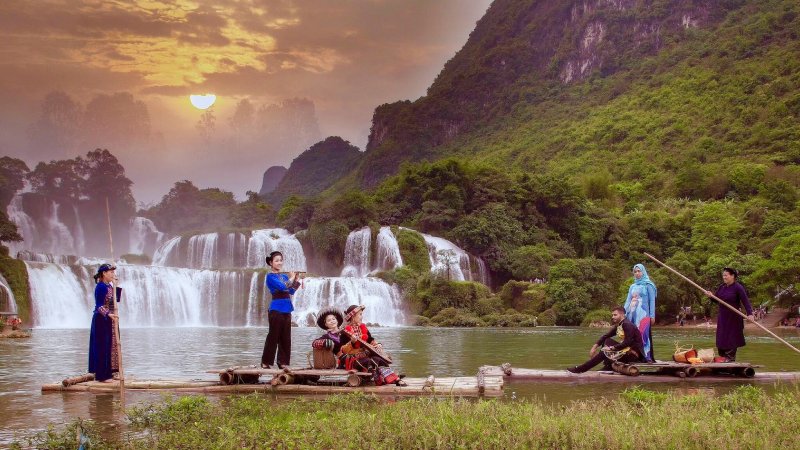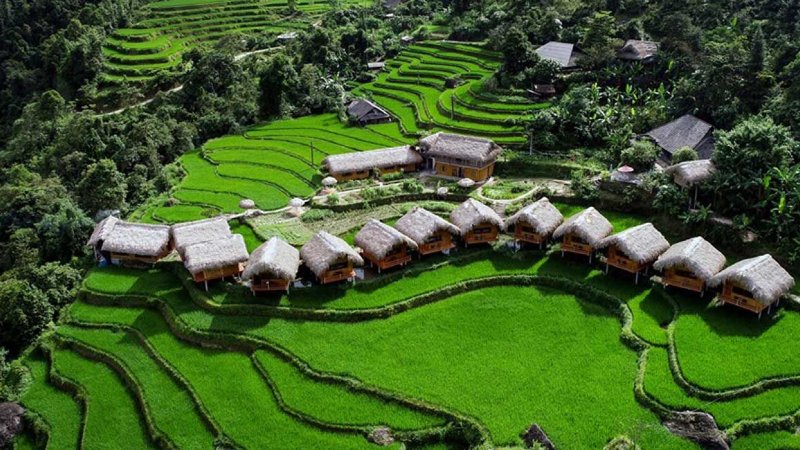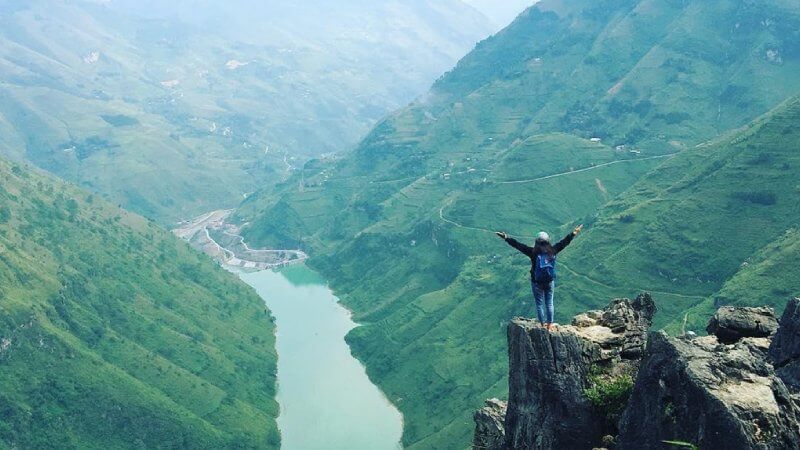Nestled along the banks of the Perfume River, Hue stands as a testament to Vietnam’s rich history and vibrant culture. Once the imperial capital of the Nguyen dynasty, this city is a treasure trove of ancient architecture, serene landscapes, and mouthwatering cuisine. In this blog post, we will delve into the many facets of Hue, exploring its historical significance, top attractions, local delicacies, and practical travel tips. Whether you’re planning your first visit or returning to experience more of its charm, Hue promises a unique journey that captures the essence of Vietnam.
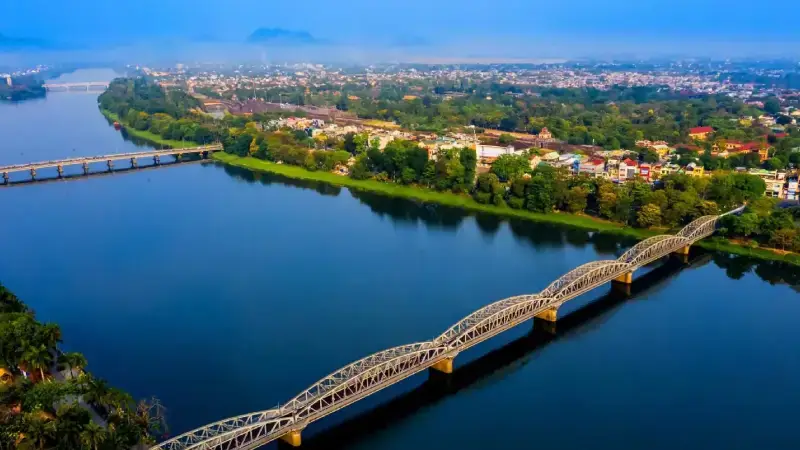
I. The Historical Significance of Hue
1. The Imperial Capital
Hue’s history dates back to the 17th century when it became the capital of the Nguyen dynasty in 1802. This era marked the establishment of a centralized government and the construction of numerous monuments, palaces, and temples that showcased the architectural prowess of the Vietnamese. The Imperial City, a UNESCO World Heritage site, is a prime example of this grandeur. Enclosed by massive walls and a moat, this historical complex is home to various palaces, gates, and temples that reflect the splendor of the Nguyen dynasty.
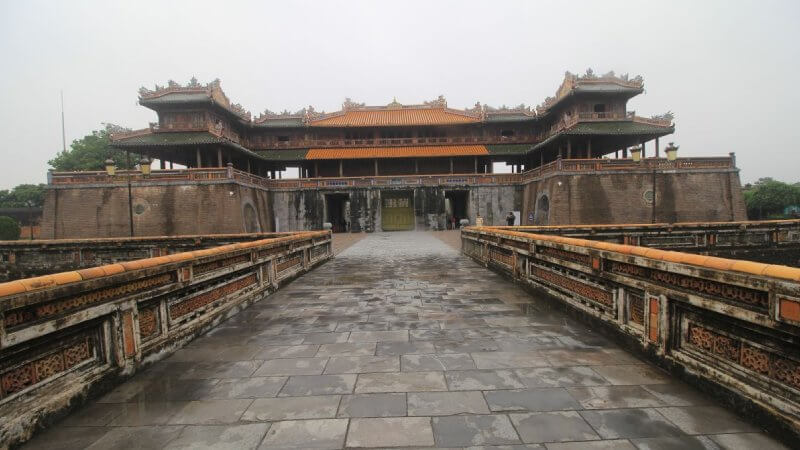
2. Cultural heritage
Hue is not just about its architecture; it is also a melting pot of traditions and customs. The city has preserved many cultural practices, from the royal court music (Nhã Nhạc) to traditional crafts such as conical hat making and incense production. Visitors to Hue can immerse themselves in the local culture by attending traditional performances and visiting artisan workshops.
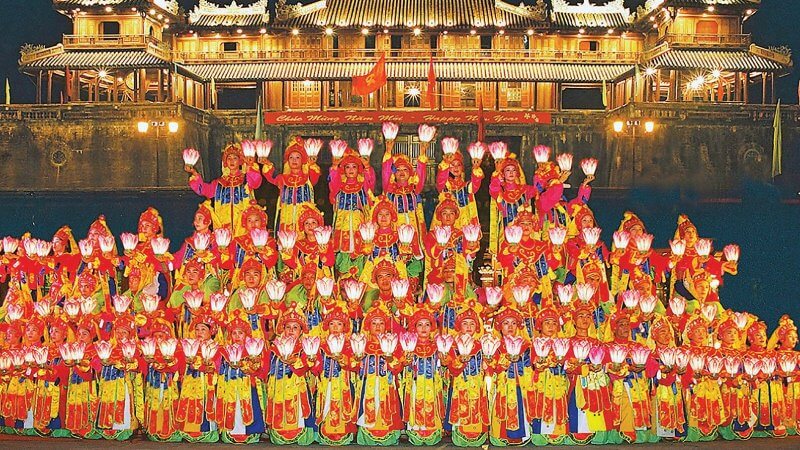
II. Top attractions in Hue
1. The Imperial City
The Imperial City is undoubtedly the centerpiece of Hue’s historical attractions. Spanning over 500 hectares, it was once the seat of power for the Nguyen emperors. Within its walls, you’ll find the Forbidden Purple City, where the royal family resided. Exploring the various palaces and temples, like the Thai Hoa Palace and Can Chanh Palace, offers a glimpse into the opulent lifestyle of the Vietnamese royalty.
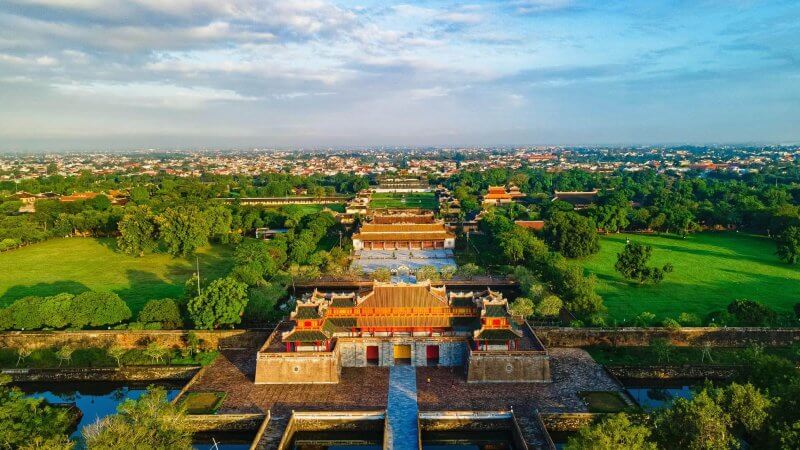
2. Thien Mu Pagoda
Perched on a hill overlooking the Perfume River, Thien Mu Pagoda is an iconic symbol of Hue. This seven-story pagoda is one of the oldest and most significant religious buildings in Vietnam. Legend has it that a lady appeared here, prophesying the construction of a pagoda. Visitors can enjoy the stunning views of the river and the surrounding landscape while exploring the serene grounds of this sacred site.
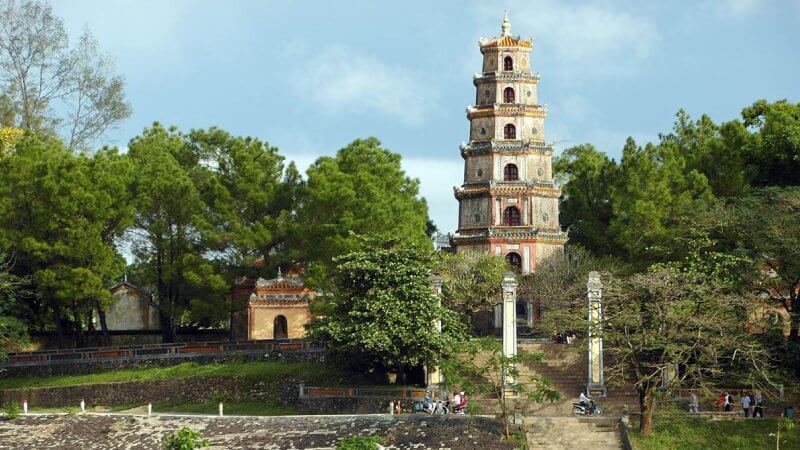
3. Tombs of the Emperors
Hue is famous for its elaborate royal tombs, each uniquely reflecting the personality and reign of the emperors. The Tomb of Minh Mang is a remarkable blend of nature and architecture, featuring lakes, gardens, and traditional buildings. The Tomb of Tu Duc is another must-visit site, known for its tranquil setting and poetic landscape, making it a favorite among visitors.
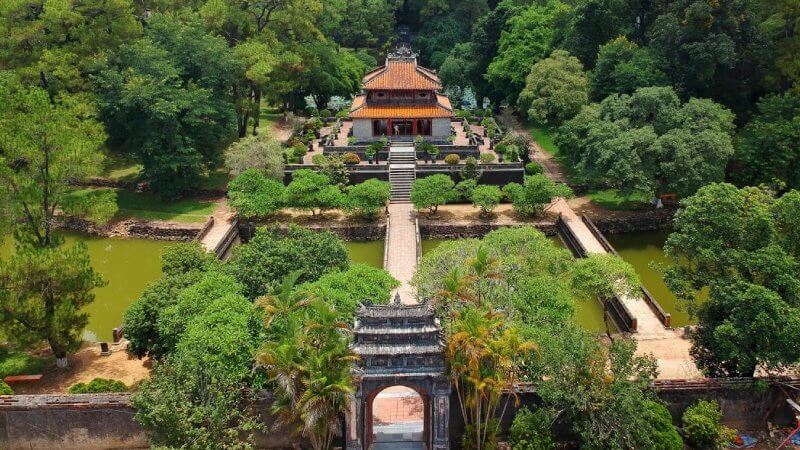
4. The Perfume River
The Perfume River is not just a geographical feature; it is the lifeblood of Hue. A boat ride along the river provides a unique perspective of the city, allowing travelers to soak in the picturesque scenery and visit riverside attractions. Sunset cruises offer a romantic ambiance, perfect for couples looking to capture unforgettable memories.
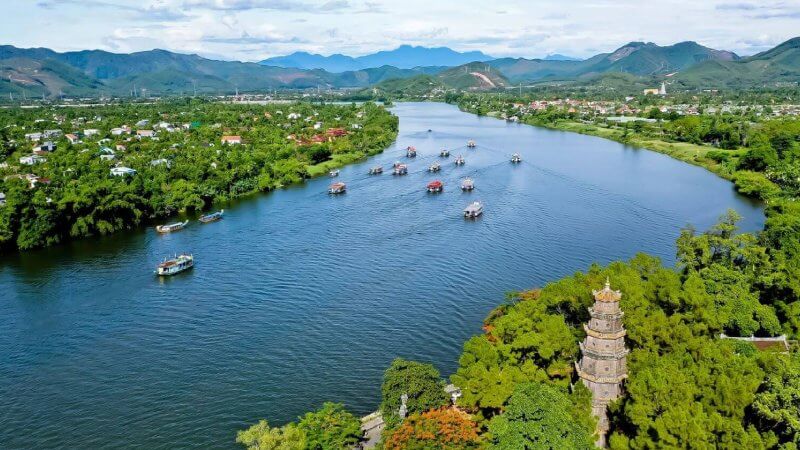
5. Dong Ba Market
For a taste of local life, visit Dong Ba Market, the largest market in Hue. Here, you can find everything from fresh produce and street food to traditional handicrafts. Exploring the market is a sensory experience, with the sights, sounds, and aromas of Vietnam’s culinary delights enveloping you. Don’t miss the opportunity to try local specialties like bun bo Hue (beef noodle soup) and banh khoai (Hue-style pancakes).
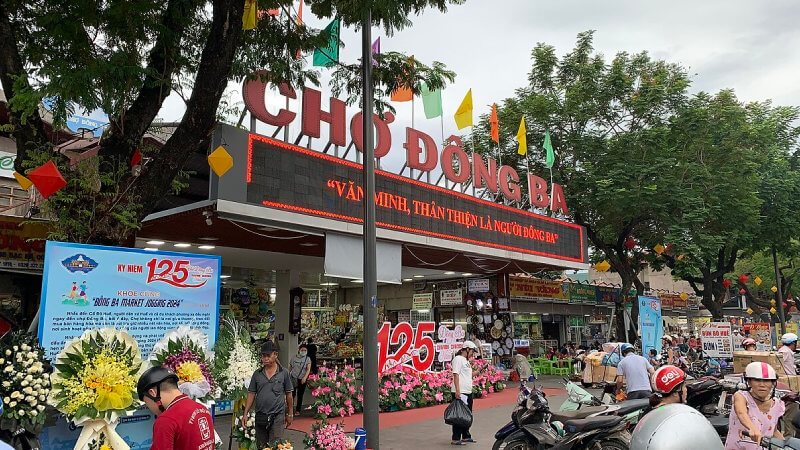
III. Local cuisine: A gastronomic adventure
Hue is renowned for its diverse and flavorful cuisine, influenced by its royal heritage and the culinary practices of the central region of Vietnam. Here are some must-try dishes during your visit:
1. Bun Bo Hue
This iconic dish is a fragrant beef noodle soup with a rich broth, often garnished with lime, chili, and herbs. The balance of flavors and the use of lemongrass make bun bo Hue a favorite among locals and tourists alike.
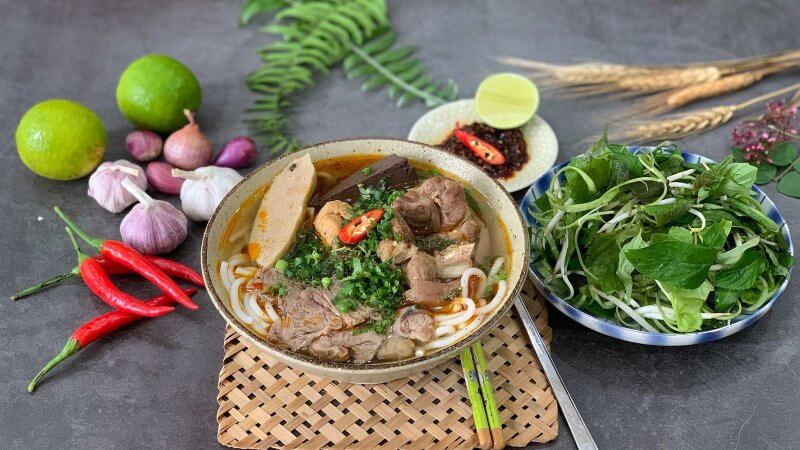
2. Banh Khoai
These crispy pancakes are filled with shrimp, pork, and bean sprouts, then served with a tangy dipping sauce. Banh khoai offers a delightful crunch and a burst of flavors that encapsulate Hue’s culinary identity.
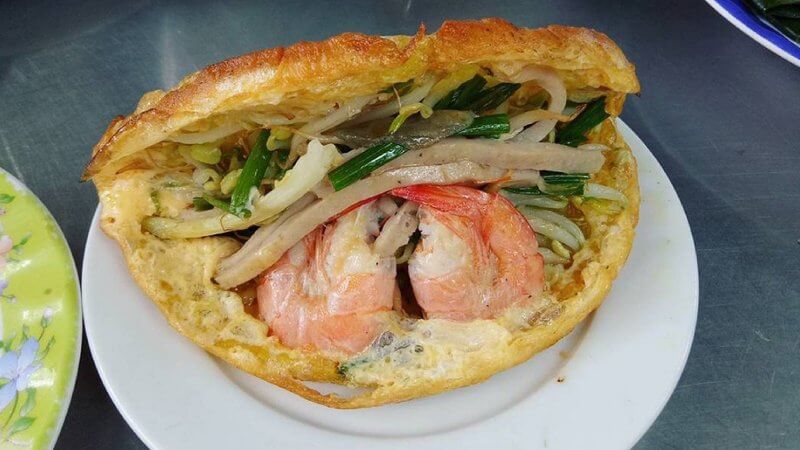
3. Com Hen
A specialty of Hue, com hen is a rice dish served with baby clams, herbs, and crispy pork skin. This dish showcases the city’s ability to combine simple ingredients into a delicious meal, making it a favorite among locals.
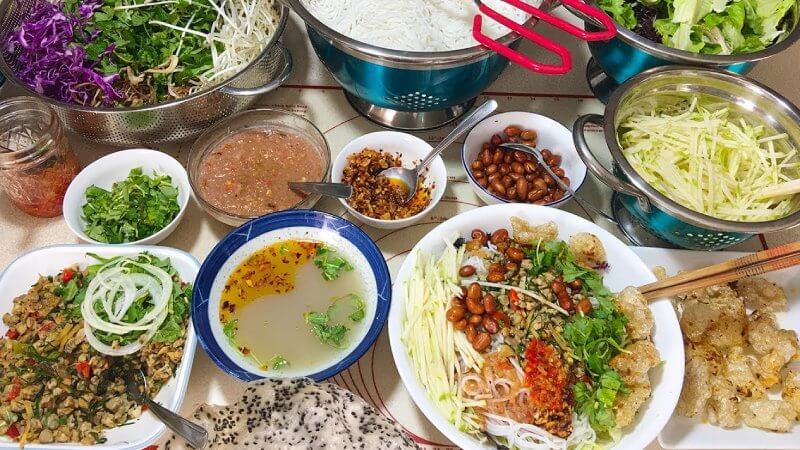
4. Che Hue
For dessert, try che Hue, a variety of sweet soups and puddings made from beans, fruits, and coconut milk. This refreshing treat is perfect for cooling down after a day of exploration.
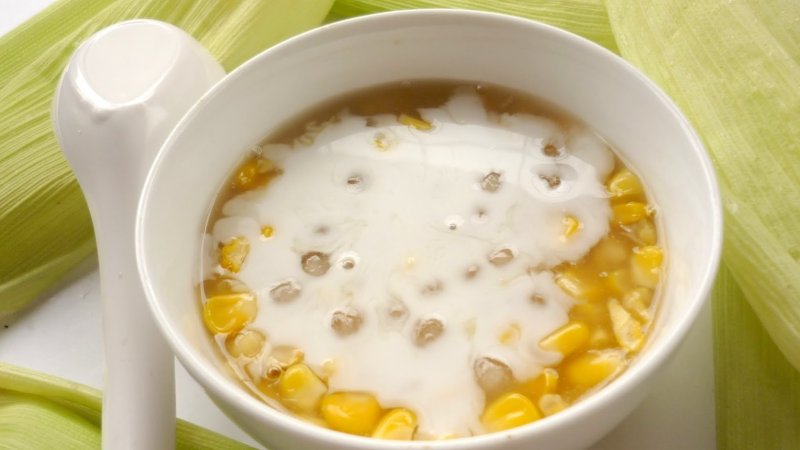
IV. Practical travel tips for visiting Hue
1. Best time to visit
The ideal time to visit Hue is from February to April when the weather is mild and dry. However, if you want to experience the local festivals, plan your visit around the Hue Festival, which takes place every two years and showcases the city’s cultural heritage.
2. Getting around
Hue is a relatively compact city, making it easy to navigate on foot. However, renting a bicycle or motorbike is a popular option for exploring the surrounding areas. Taxis and ride-hailing services are also available for those who prefer a more comfortable option.
3. Accommodations
Hue offers a range of accommodations, from luxury hotels to budget hostels. For a unique experience, consider staying in a traditional guesthouse or homestay, where you can immerse yourself in local culture.
4. Language and communication
While Vietnamese is the official language, many locals in the tourism industry speak basic English. Learning a few Vietnamese phrases can enhance your experience and help you connect with the locals.
Conclusion
Hue is a city that beautifully weaves together the threads of history, culture, and gastronomy. From its majestic imperial landmarks to its vibrant street food scene, Hue offers an array of experiences that cater to every traveler’s interests. Whether you’re wandering through the ancient ruins, cruising along the Perfume River, or savoring the local dishes, every moment in Hue is an opportunity to discover something new. So pack your bags and prepare to embark on a journey to this captivating destination that truly embodies the spirit of Vietnam.
By the way, a new beautiful place called Ha Giang loop which is very interesting, check this out: https://www.getyourguide.com/hanoi-l205/from-hanoi-3-day-ha-giang-loop-small-group-t739208
For Lan Ha Bay & Halong Bay trip, check this out: https://www.getyourguide.com/ha-long-l119790/from-ha-noi-2-day-lan-ha-ha-long-bay-5star-with-balcony-t739040/
Or https://www.tripadvisor.com/AttractionProductReview-g3737857-d28097153-Lan_Ha_Bay_Ha_Long_Bay_5_Stars_Private_balcony_2_days_trip-Tuan_Chau_Island_Halon.html

